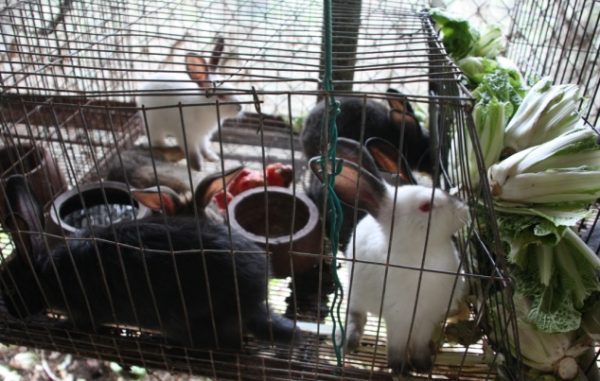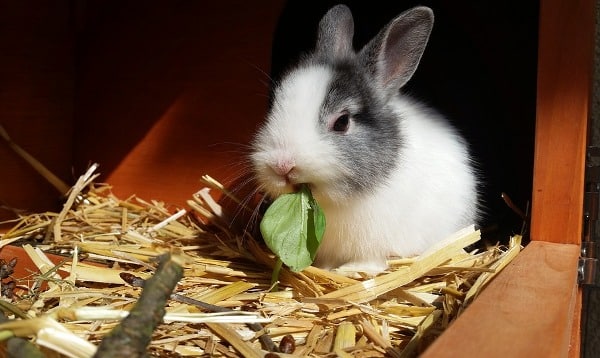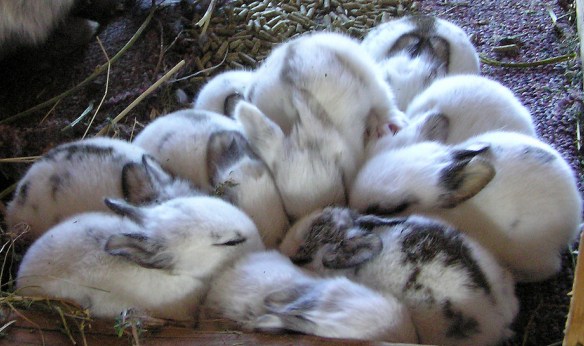How much is floor space required in this method?
- For adult male rabbits = 4 square feet.
- For dams = 5 square feet.
- For bunnies = 1.5 square feet.
Adult rabbit cage sizes in rabbit farming business
Adult rabbit cage should have 1.5 ft length, 1.5 ft breadth, and 1.5 ft height. This cage is suitable for 1 adult rabbit or 2 growing rabbits
Growing rabbit cage sizes in rabbit farming business
- Length = 3 feet.
- Breadth = 1.5 feet.
- Height = 1.5 feet.
Note: The above-mentioned cage sizes are suitable for 4 to 5 rabbits up to 3 months of age.
Cages for kindling in rabbit farming business
The crate size for growing rabbits is adequate for these animals going to be kindled. However, the underside and sides of the cage ought to be composed of weld net of 1.5 inches x 1.5 inches. This used to protect against the young bunnies to emerge from this cage.
Nest box for safety in rabbit farming business
To supply safer and serene surroundings during kindling the nest box is very much required. This nest boxes could be composed of wrought iron or timber. Nest box dimensions should be in this way to maintain inside the kindling cage.
Essential nest box sizes in rabbit farming business
- Length of nest box = 22 inches.
- Breadth of nest box = 12 inches.
- Height of nest box = 12 inches.
About nest box for your rabbits
Nest boxes are intended to start in the top part. The base of the nest box ought to be composed of weld net of 1.5 inches x 15 inches dimension. A ring size gap of 15-centimeter diameter needs to be reached in the longitudinal part of the nest box, 10 cm in the base. This gap helps for the movement of the Dam in the nest box into the cage. Designing of this hole 10 cm in the base of the nest box prevents the young rabbits getting out of this nest box.
Cages for rearing rabbits in backyards of rabbit farming business
Cages for rearing rabbits in the backyard should be constructed 3 feet to 4 feet from the floor surface. Make sure that the cage bottom is waterproof.
Feed and water troughs for rabbit farming business
Feed and water troughs for rabbits usually composed of iron. The feed trough should be designed in the form of “J” and they are usually fit outside the cages. To decrease the investment cost the feed and water may also be offered in cups. |




Your articles have been of great help to my farm practices.Encouraging.
Thank you, You could also check more info: Here.
Great and innovative idea